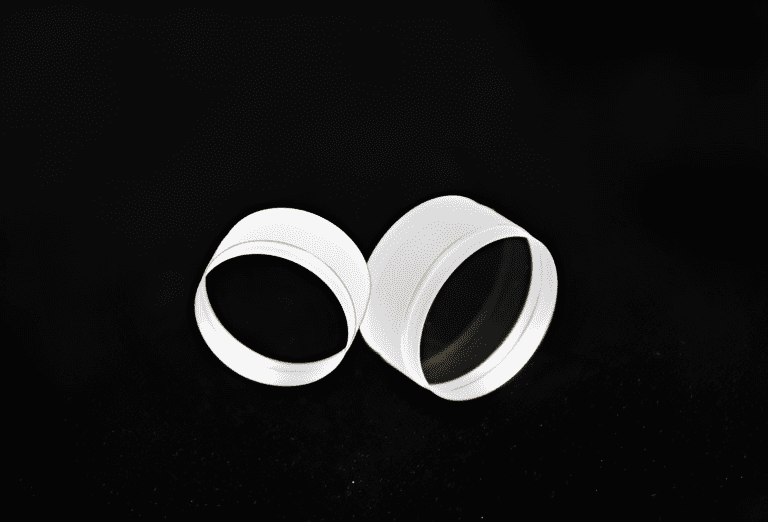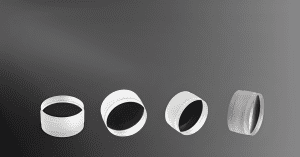Key Takeaways
- Color-corrected achromatic lenses provide Improved Image Quality through advanced lens design, bringing different wavelengths of light to a common focus and reducing chromatic aberration.
- They allow for wider apertures, which are advantageous in low-light conditions and provide a shallow depth of field without color distortion.
- These lenses are versatile, finding applications in cameras, microscopes, telescopes, and eyeglasses, making them valuable across various fields.
- Although generally more compact and lightweight than other lens types with similar properties, they may still be bulkier than basic single-element lenses, and some residual chromatic aberration may persist.
Advancing Optical Clarity: Exploring Color-Corrected Achromatic Lenses
In the world of optics, lenses play a pivotal role in shaping the way we perceive and interact with the world around us. Achromatic lenses (link to custom optics page), in particular, have been a cornerstone of optical technology for centuries. These lenses are designed to mitigate a common optical aberration called chromatic aberration, which causes different colors of light to focus at slightly different points, resulting in blurriness and color fringing in images. Color-corrected achromatic lenses are a specialized subset of achromatic lenses that aim to address this issue even more effectively. In this article, we will explore the merits and demerits of these lenses.

Merits of Color-Corrected Achromatic Lenses
- Improved Image Quality: The primary merit of color-corrected achromatic lenses is their ability to significantly enhance image quality. By carefully combining two or more lens elements with different dispersive properties, these lenses can bring different wavelengths of light to a common focus. This results in images that are sharp, clear, and free from the distracting color fringing characteristic of chromatic aberration.
- Wider Aperture: These lenses often allow for wider apertures, which can be advantageous in low-light conditions or when a shallow depth of field is desired. The absence of chromatic aberration ensures that even at wider apertures, the image remains crisp and free from color distortion.
- Versatility: They find applications in a wide range of optical systems, including cameras, microscopes, telescopes, and eyeglasses. Their versatility makes them a valuable tool for professionals in fields such as photography, astronomy, and microscopy.
- Reduced Lens Size and Weight: Color-corrected achromatic lenses can be designed to be more compact and lightweight compared to other lens designs with similar optical properties. This makes them suitable for portable and handheld devices where size and weight constraints are essential.
- Cost-Effective: While they may not completely eliminate chromatic aberration, these lenses are often more cost-effective than other specialized optical designs like apochromatic lenses. This affordability makes them accessible to a broader range of users.
Demerits of Color-Corrected Achromatic Lenses
- Limited Correction: While color-corrected achromatic lenses are excellent at reducing chromatic aberration, they are not perfect. Some residual chromatic aberration may still be present, particularly at the edges of the image field. In critical applications where absolute color accuracy is required, more advanced lens designs may be necessary.
- Complex Design: Achieving effective color correction in achromatic lenses often requires complex and precise optical designs. This complexity can make manufacturing and maintaining these lenses more challenging and expensive.
- Reduced Light Transmission: Achromatic lenses, including color-corrected achromatic lenses, can result in a slight reduction in light transmission compared to simpler lens designs. This reduction may be negligible in many applications but can be a consideration in situations where maximizing light throughput is essential.
- Limited Aperture Control: While they can offer wider apertures, they may not have the same level of control over aperture size as specialized lenses. This limitation can affect the creative options available to photographers and cinematographers.
- Weight and Size Trade-offs: While they are generally more compact and lightweight than some other lens types, they may still be bulkier and heavier than basic single-element lenses. This can be a drawback in certain situations where minimizing the size and weight of optical equipment is crucial.
Conclusion
Color-corrected achromatic lenses have made significant contributions to the field of optics by effectively addressing chromatic aberration, a common optical issue. Their merits, including improved image quality, wider apertures, versatility, and cost-effectiveness, have made them a popular choice in various optical systems. However, it’s essential to consider their demerits, such as limited correction, complex design, reduced light transmission, aperture control, and weight/size trade-offs, when selecting lenses for specific applications.
Ultimately, the choice of lens depends on the specific needs of the optical system and the trade-offs that can be accepted in terms of cost, size, and performance. Color-corrected achromatic lenses are a valuable tool in the optical arsenal, but they are not a one-size-fits-all solution. Careful consideration of the merits and demerits is essential to make informed decisions and achieve the desired optical outcomes.
GREAT ARTICLE!
Share this article to gain insights from your connections!




